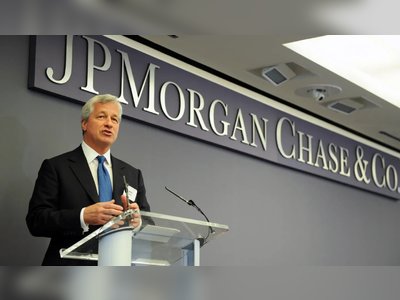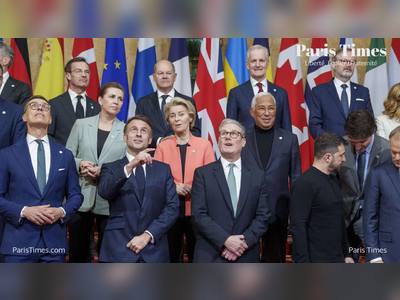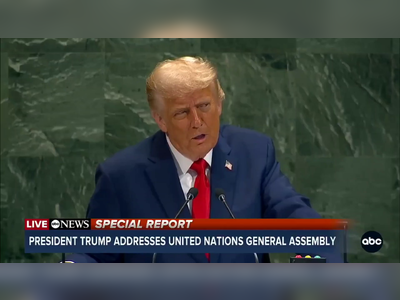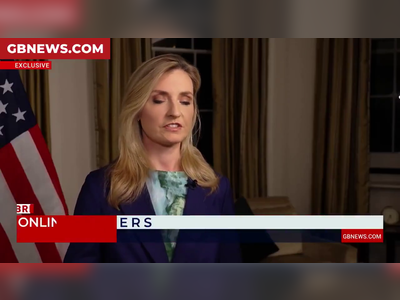Global Economic Outlook: Inflation and Economic Growth Trends for 2023
A comprehensive analysis of inflation rates and economic growth projections across major economies.
As of October 2023, the global economic landscape is characterized by a complex interplay between inflationary pressures and growth rates across various regions.
According to data from central banks and economic analysts, inflation is showing signs of moderation in many advanced economies, yet it remains elevated compared to pre-pandemic levels.
The United States, grappling with a persistent inflation rate of approximately 3.7%, has seen the Federal Reserve maintain its benchmark interest rates at high levels.
This decision comes as the Fed aims to strike a balance between curbing inflation and supporting economic growth.
Employment data indicates a resilient job market, with unemployment rates hovering around 3.8%, signaling ongoing consumer spending.
In Europe, the European Central Bank (ECB) has also adopted a cautious approach.
Inflation across the Eurozone is reported at about 5.6%, driven by energy prices and supply chain disruptions.
Although the ECB has increased interest rates multiple times in 2023, signs of fiscal tightening are beginning to appear, impacting growth projections.
In Asia, China faces a unique set of challenges, including a slow recovery from its stringent COVID-19 policies, contributing to a lower-than-expected growth rate of around 4.5%.
The Chinese government has implemented measures to stimulate the economy, including tax incentives for businesses and adjustments to monetary policy to increase liquidity.
Emerging markets are experiencing varied inflationary trends.
Countries such as Brazil and India are reporting inflation rates of about 4.9% and 6.8%, respectively, influenced by both domestic policies and global commodity prices.
Central banks in these regions are also navigating the delicate balance of stimulating growth while keeping inflation in check.
Commodity prices have fluctuated in recent months due to geopolitical tensions and changes in production levels.
Oil prices, after showing increases earlier in the year, have stabilized around $85 per barrel, while food prices remain volatile due to climatic events affecting agricultural outputs.
Investment trends indicate a focus on green technology and sustainable practices, with private sector investment in renewable energy reaching record levels.
This shift aims to address both climate change challenges and energy security concerns, particularly within the context of global commitments to sustainable development.
International organizations continue to monitor these developments closely, providing quarterly updates on global economic health.
The interplay between inflation, interest rates, and geopolitical factors remains pivotal in shaping the global economic outlook as we approach the end of 2023.
According to data from central banks and economic analysts, inflation is showing signs of moderation in many advanced economies, yet it remains elevated compared to pre-pandemic levels.
The United States, grappling with a persistent inflation rate of approximately 3.7%, has seen the Federal Reserve maintain its benchmark interest rates at high levels.
This decision comes as the Fed aims to strike a balance between curbing inflation and supporting economic growth.
Employment data indicates a resilient job market, with unemployment rates hovering around 3.8%, signaling ongoing consumer spending.
In Europe, the European Central Bank (ECB) has also adopted a cautious approach.
Inflation across the Eurozone is reported at about 5.6%, driven by energy prices and supply chain disruptions.
Although the ECB has increased interest rates multiple times in 2023, signs of fiscal tightening are beginning to appear, impacting growth projections.
In Asia, China faces a unique set of challenges, including a slow recovery from its stringent COVID-19 policies, contributing to a lower-than-expected growth rate of around 4.5%.
The Chinese government has implemented measures to stimulate the economy, including tax incentives for businesses and adjustments to monetary policy to increase liquidity.
Emerging markets are experiencing varied inflationary trends.
Countries such as Brazil and India are reporting inflation rates of about 4.9% and 6.8%, respectively, influenced by both domestic policies and global commodity prices.
Central banks in these regions are also navigating the delicate balance of stimulating growth while keeping inflation in check.
Commodity prices have fluctuated in recent months due to geopolitical tensions and changes in production levels.
Oil prices, after showing increases earlier in the year, have stabilized around $85 per barrel, while food prices remain volatile due to climatic events affecting agricultural outputs.
Investment trends indicate a focus on green technology and sustainable practices, with private sector investment in renewable energy reaching record levels.
This shift aims to address both climate change challenges and energy security concerns, particularly within the context of global commitments to sustainable development.
International organizations continue to monitor these developments closely, providing quarterly updates on global economic health.
The interplay between inflation, interest rates, and geopolitical factors remains pivotal in shaping the global economic outlook as we approach the end of 2023.











